10. OPEN SOURCE HARDWARE¶
INSPIRATIONS¶
Kuka robot knitting copper wire. These knitted structures then formed with balloons and air pressure taking advantage of volumetric expansion. Expanded knit holds it shape, allowing creation of 3d structures. I see more possibilities with this technique, especially with the transformation of shapes into 3D and the fact that conductive material is used. Maybe it could be a 3D speaker?
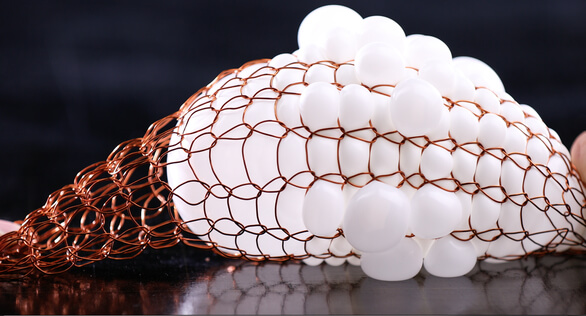
I found interesting this research and attempt by Fabacademy student Olga Geletina to make Semi-automatic tablet loom / winding machine.
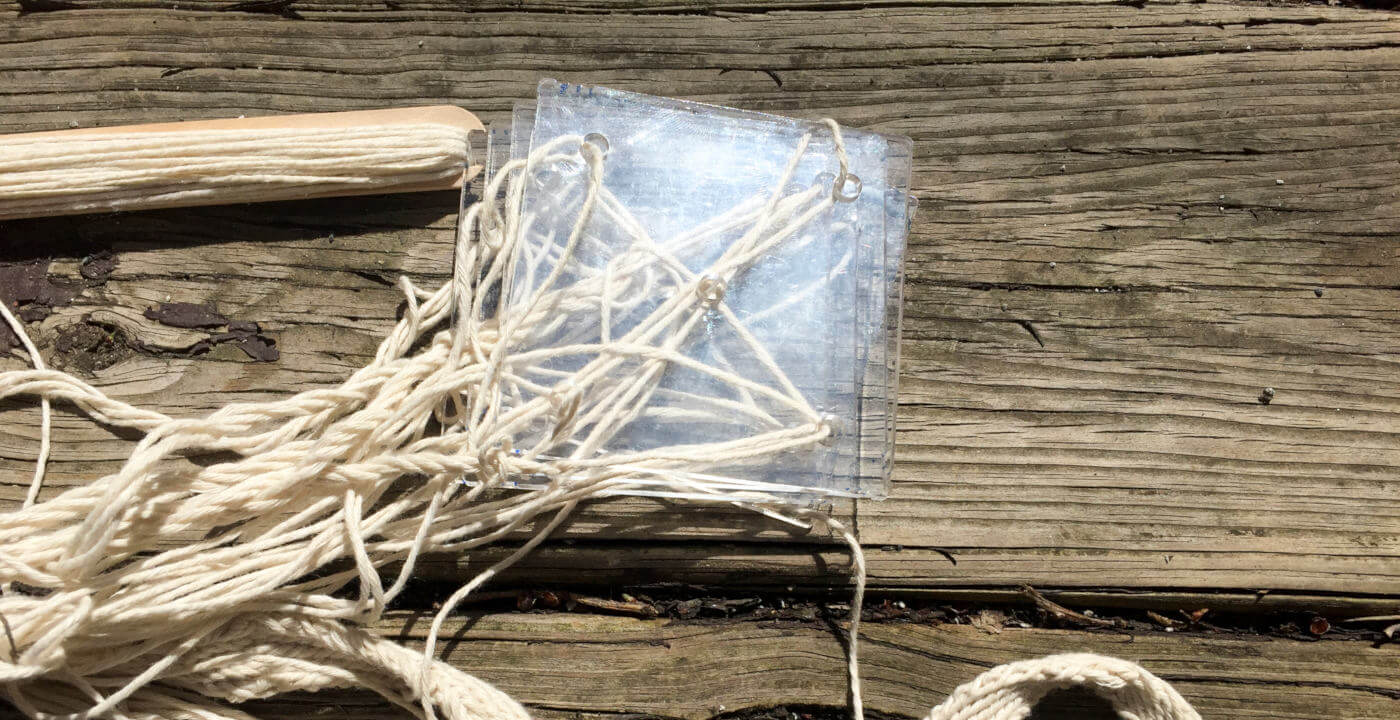
RESEARCH¶
The band came before the fabric.
Doing the research I focused on bands and laces weaving techniques, especially those that are at some stage not evolved.
Lace¶
In the picture bellow: Bobbin lace made on a pillow with bobbins and pins / Wikipedia. Copper lace work by contemporary artist Lieve Jerger. Lieve at work in Belgium, 1977 / Lieve Jerger

First, we have to admit that we didn’t really know exactly how to define lace. Recognise it? Sure. Explain it? Nope. According to the National Museum of American History, it’s an “ornamental openwork fabric created by looping, twisting, braiding or knotting threads either by hand or by machine.” Lace wasn’t so much a fabric, as it was a technique – if it’s a string, you can pretty much make it lace. Its main categories, when we’re talking handmade lace, are “needle lace, bobbin lace and decorated nets.” Each one requires deft hands for such minuscule knotting, twisting, netting and more…
Quote from this article: The Coded Couture of Antique Lacework at Messy Nessy.
Tablet Weaving¶
Tablet weaving is a method of weaving strong, narrow, decorative bands. The equipment required is very cheap and simple, yet the range of possible patterns is immense. Tablet woven bands are known to have been made in Europe from the Bronze Age up until medieval times, and they are still made in parts of the world such as Turkey and Pakistan. Uses of tablet-woven bands included the decoration of clothing, and use as belts and straps. Materials used in the past include wool, linen, silk, and gold and silver thread.
With these possibilities in mind, I thought about the connections in an electrical circuit and how this technique can be used for that. I want to make a loom for ribbons weaving.
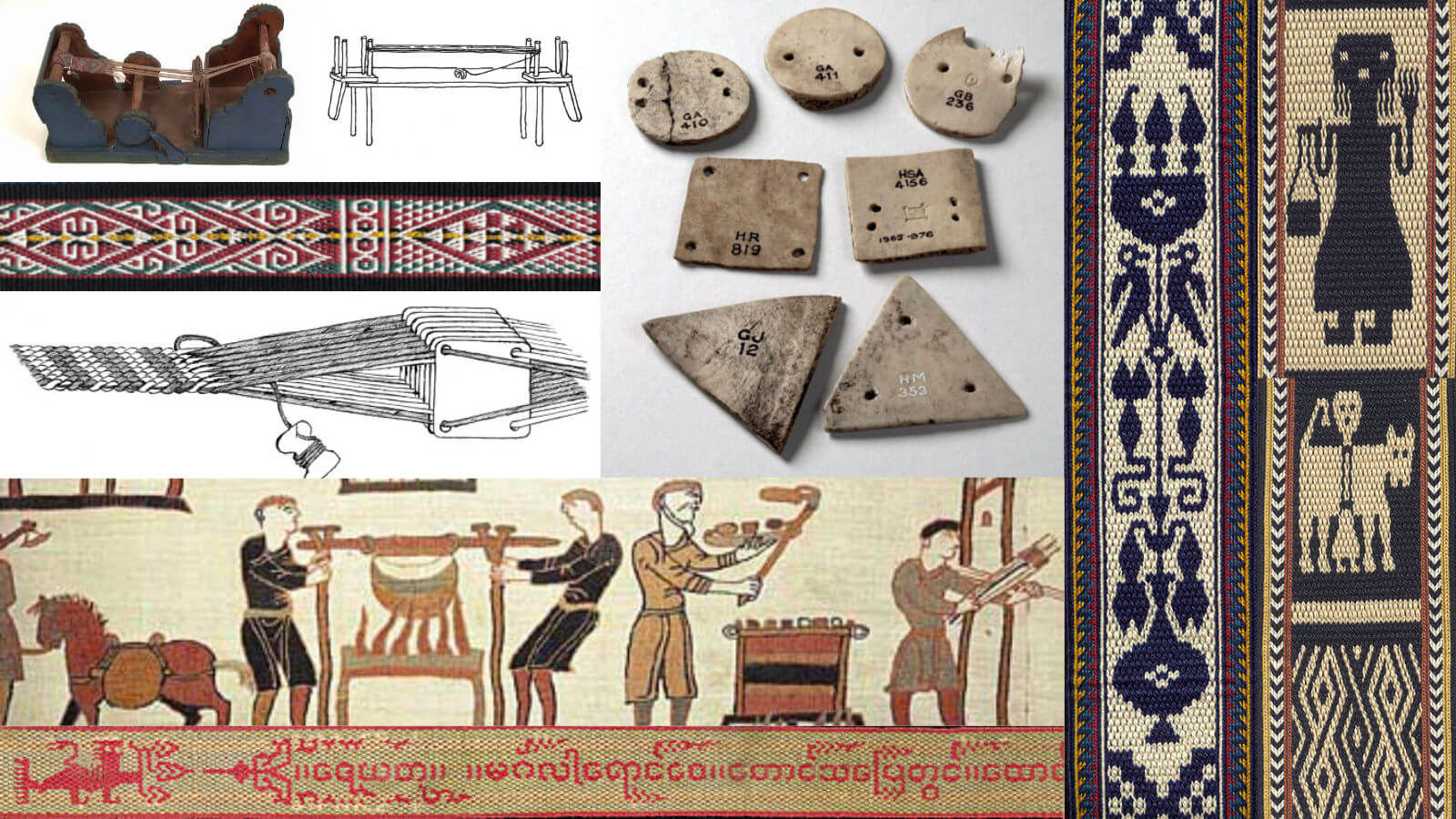
Software¶
Also I did some research about viewing software. I tried TabletWeaver software by Malarky Crafts but I'v got to many errors to proceed.
AdaCAD: Crafting Software for Smart Textiles Design
Tablet Weaving Draft Designer v1.3.0
TabletWeaver by Malarky Crafts
HARDWARE¶
So I decided to make a tablet viewing tool2. After doing research on how it works 3D model in Rhinoceros 3D software were made. The thirst test was laser cut from 3mm MDF plywood.

I wanted to simplify the design in Rhinoceros1 and go for transparent acrylic, especially for the tablets, because the acrylic has a more slippy surface, and materials transparency lets to see the threads between the tablets. Another reason to use acrylic was that plywood tends to bend while viewing with tension. I used 6 mm acrylic for the base and it didn't bend during the viewing. In the loom design, there are 2 layers of 3mm acrylic for the base to make it more sturdy.

Parts of the loom were laser cut in 3mm acrylic, except the base which is 6mm acrylic I found in the lab and just drilled the halls for 6M bolts.
Here is the cutting settings for Full Spectrum 45W laser cutter to cut 3mm transparent acrylic sheet
- first cut, magenta: speed 30, power 70, 3 passes
- second cut, black: speed 30, power 70, 3 passes

In assembling 6M bolts, nuts, and wing nuts were used. In Rhinoceros 3D file1 you can find parts to 3D print if hexagonal bolts are in use or there are no wing nuts.
ASSEMBLING¶
You will need the screwdriver to assemble the loom depending on what kind of screws you are using. In this case, there are hex-type screws were used. Don't tide the bolts too hard not to break the plexiglass. Follow the assembling instructions3.
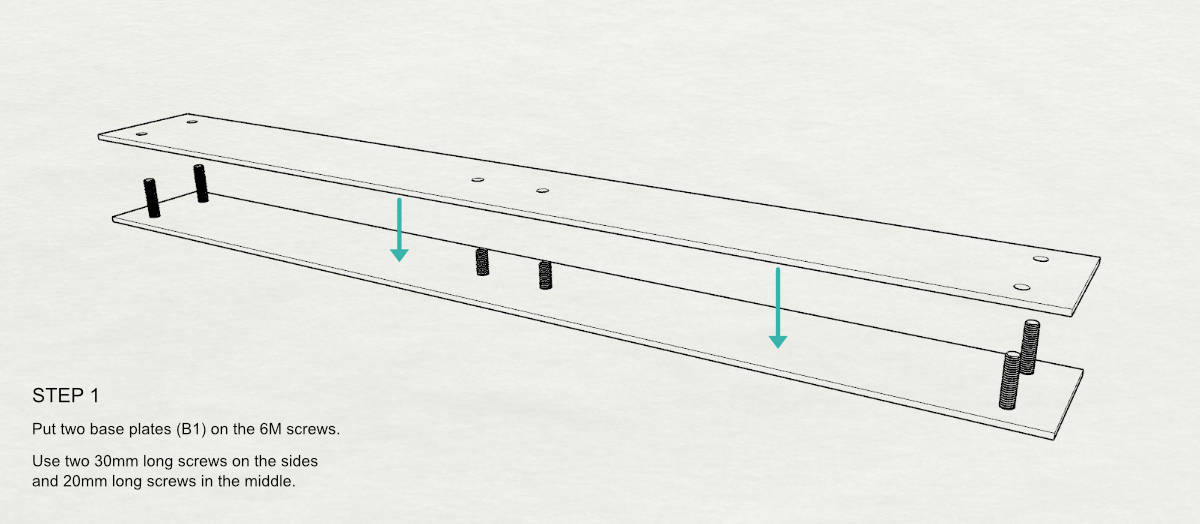
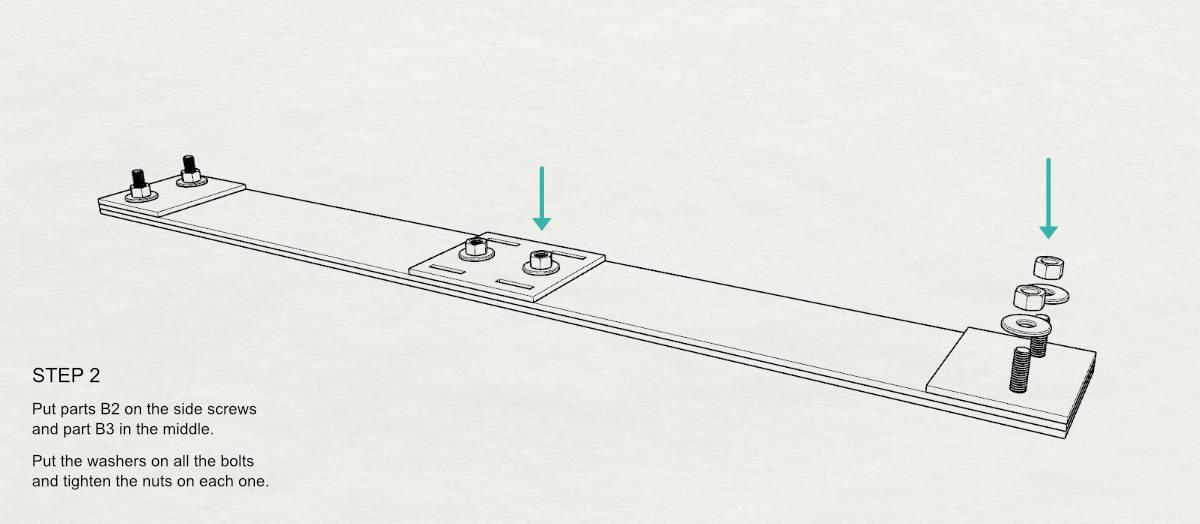
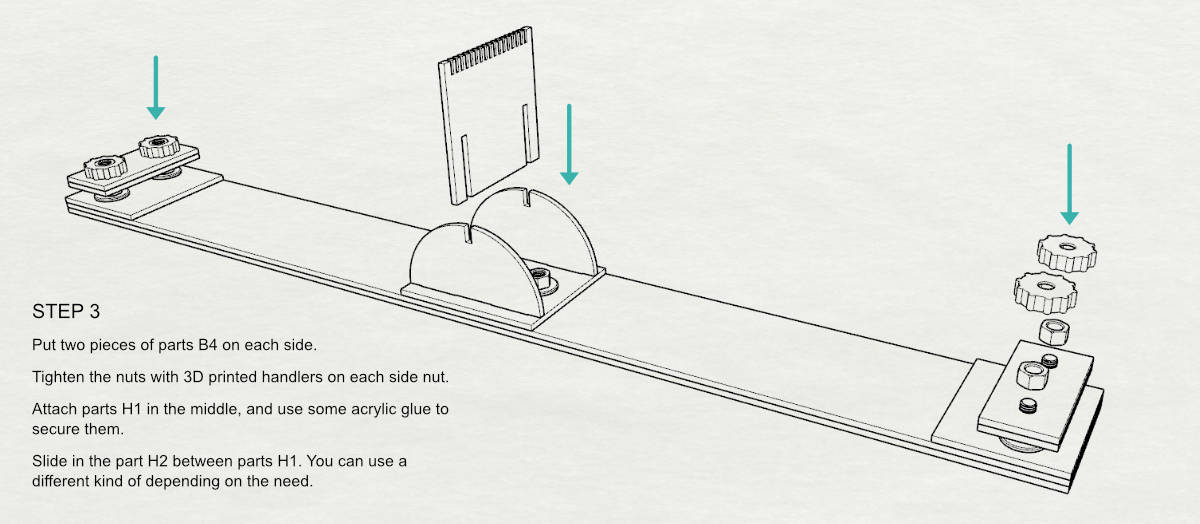

BOM¶
BOM is made from Amazon.de options, you can find cheaper options at your local stores.
| Item | Quantity | Price Eur | Link |
|---|---|---|---|
| Countersunk bolt M6x30 | 4 | 2.52 | Amazon.de |
| Countersunk bolt M6x20 | 2 | 1.1 | Amazon.de |
| 6M wing nuts | 4 | 1.7 | Amazon.de |
| 6M washers | 6 | 1.02 | Amazon.de |
| Plexiglas 3 mm, 600x400 mm | 1 | 11.38 | Amazon.de |
tools
- Rhinoceros 3D
- Inkscape
- Full Spectrum laser cutter
- screwdriver
- scissors
materials
- transparent acrylic Plexiglass sheet 3mm, 600x400 mm
- acrylic glue
- Countersunk bolt M6x30 - 4
- Countersunk bolt M6x20 - 2
- 6M wing nuts - 4
- 6M nuts - 2
- 6M washers - 6
- yarns
- conductive thread

Viewing¶
The weaving process is simple enough, and various numbers of cards can be used. It is true that the pictures show a test with 6 cards, but I would use an odd number of cards. Also in this test, I used a conductive thread to get two connections in one strip.

Here is useful links to start viewing:
Very easy to follow TABLET WEAVING Basics • BRETTCHENWEBEN Grundlagen and The Ancient Craft of Tablet Weaving / Getting Started
Rich content focused on the tablet viewing: Information on Tablet Weavers' International Studies and Techniques
Lithuanian tutorial with english subtitles: Tablet (Card) Weaving Tutorial by Eglė Kašėtienė (+ English subtitles)
LOOKING FORWARD¶
Loom needs some editions like moving the middle section and a more accessible way to drag the threads along the loom. Some heavy base would help to hold the loom in the place. Would love to add the mechanics and electronics to the loom part with cards.
FABRICATION FILES¶
-
Tablet loom Rhinoceros 3D file: tabletloom_acryl.3dm ↩↩
-
Tablet loom PDF file: tabletloom.pdf ↩
-
Assembling instructions: tabletloom_instructions.pdf ↩